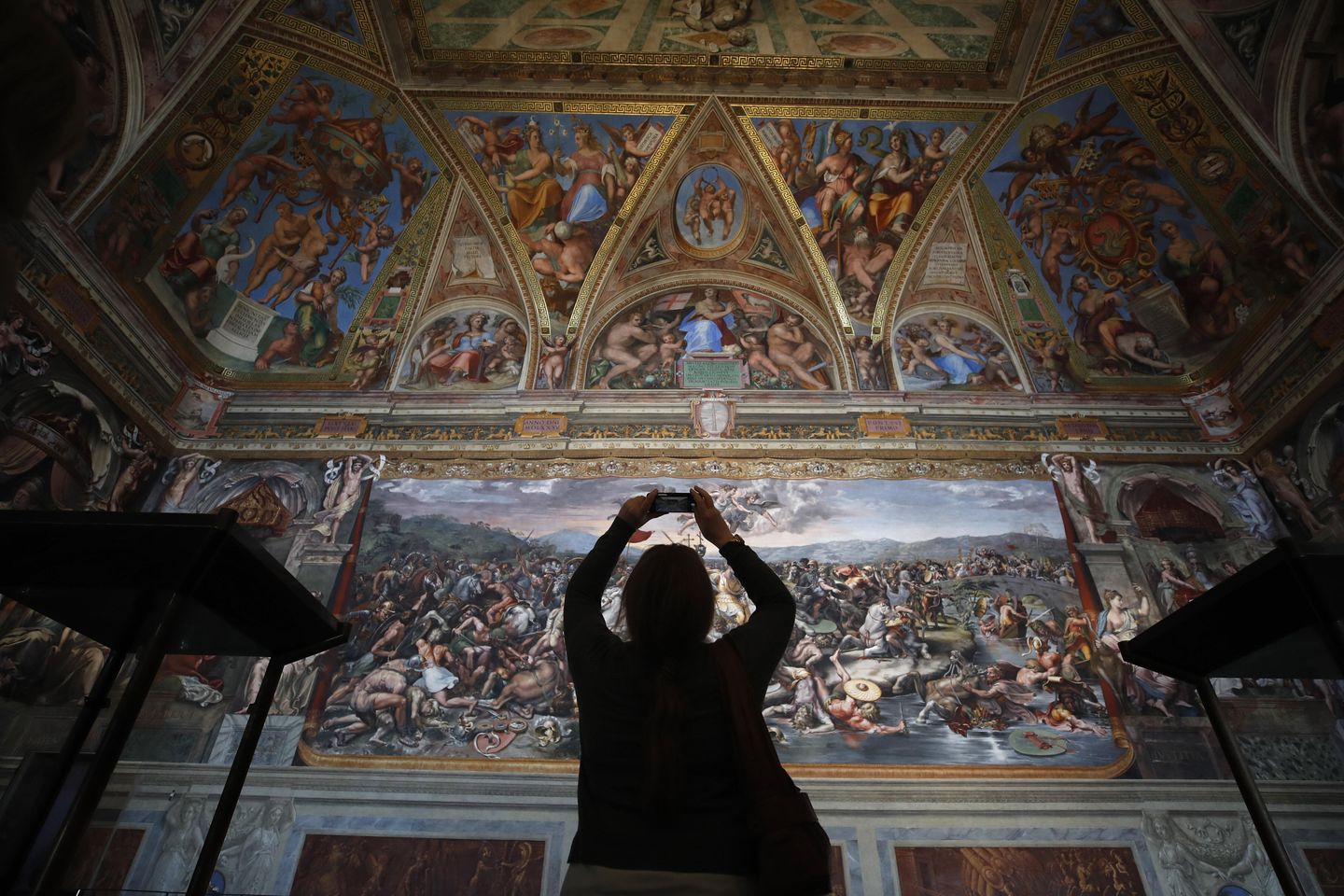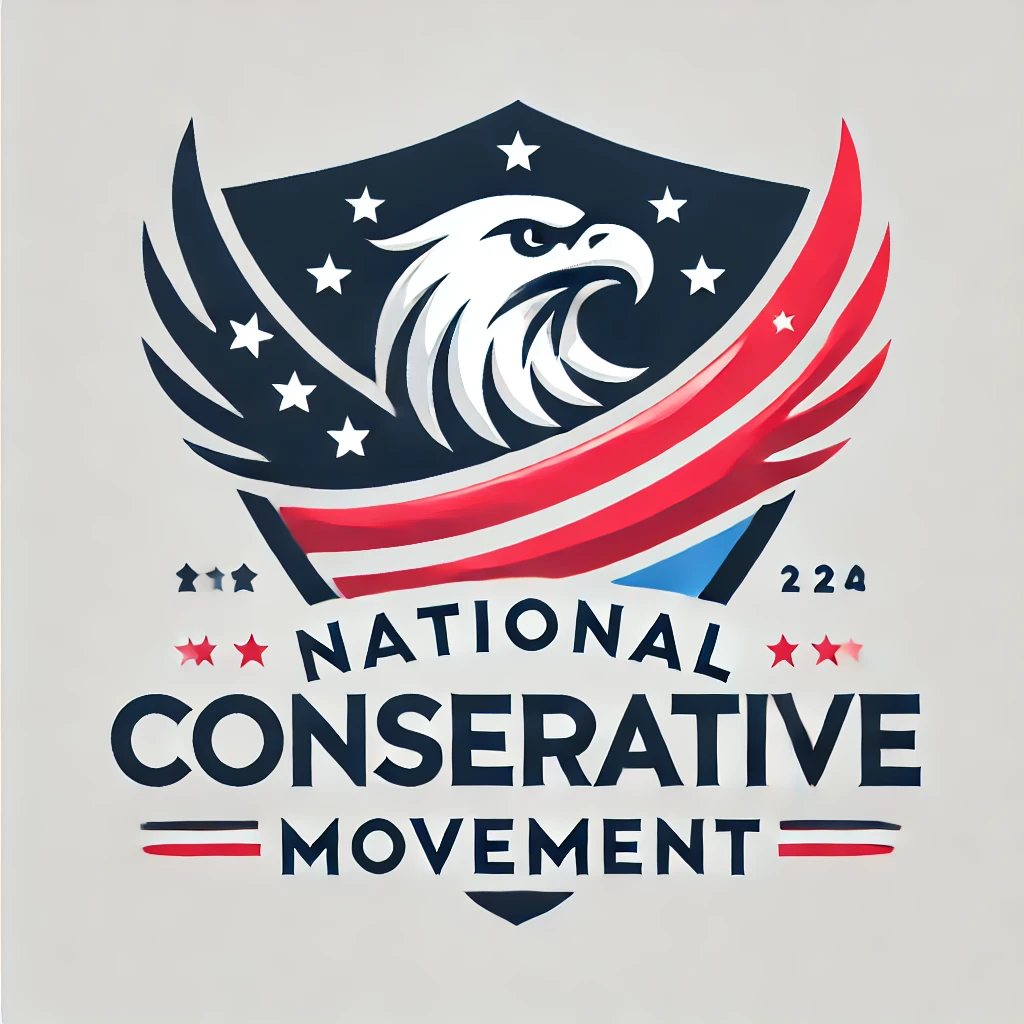
Don’t miss the full story, whose reporting from The Associated Press is the basis of this AI-assisted article.
The Vatican Museums have completed a groundbreaking decade-long restoration of the Raphael Rooms, unveiling revolutionary discoveries about Renaissance art techniques.
The newly restored Room of Constantine, the largest and most significant of the four spectacularly frescoed reception rooms in the Apostolic Palace, has revealed that Raphael pioneered an experimental oil-on-wall painting technique that was never completed due to his untimely death in 1520. Here are some more facts about the restoration:
• The Vatican Museums unveiled the restored Room of Constantine, the largest and most important of the four Raphael Rooms, after a decade-long restoration project.
• Restorers discovered that Raphael used an experimental oil-on-wall painting technique, applying oil paint directly to walls rather than traditional fresco methods.
• Two female figures (Justice and Courtesy) located in opposite corners were confirmed as authentic Raphael oil-on-wall paintings, not frescoes.
• A grid of metal nails was found embedded in the walls, intended to hold a natural resin surface that Raphael planned to paint on with oils.
• Pope Julius II commissioned the then 25-year-old Raphael Sanzio from Florence in 1508 to decorate his new private apartment in the Apostolic Palace.
• The Room of Constantine is dedicated to the fourth-century Roman emperor Constantine, whose embrace of Christianity helped spread the faith throughout the Roman Empire.
• Raphael died on April 6, 1520, at age 37, before completing the revolutionary oil painting technique throughout the room.
• The remaining paintings in the room are frescoes completed by Raphael’s students, who could not master his innovative oil technique.
• The ceiling features work by Tommaso Laureti, including a remarkable Renaissance perspective fresco called “Triumph of Christianity over Paganism.”
This article is written with the assistance of generative artificial intelligence based solely on Washington Times original reporting and wire services. For more information, please read our AI policy or contact Ann Wog, Managing Editor for Digital, at awog@washingtontimes.com
The Washington Times AI Ethics Newsroom Committee can be reached at aispotlight@washingtontimes.com.












